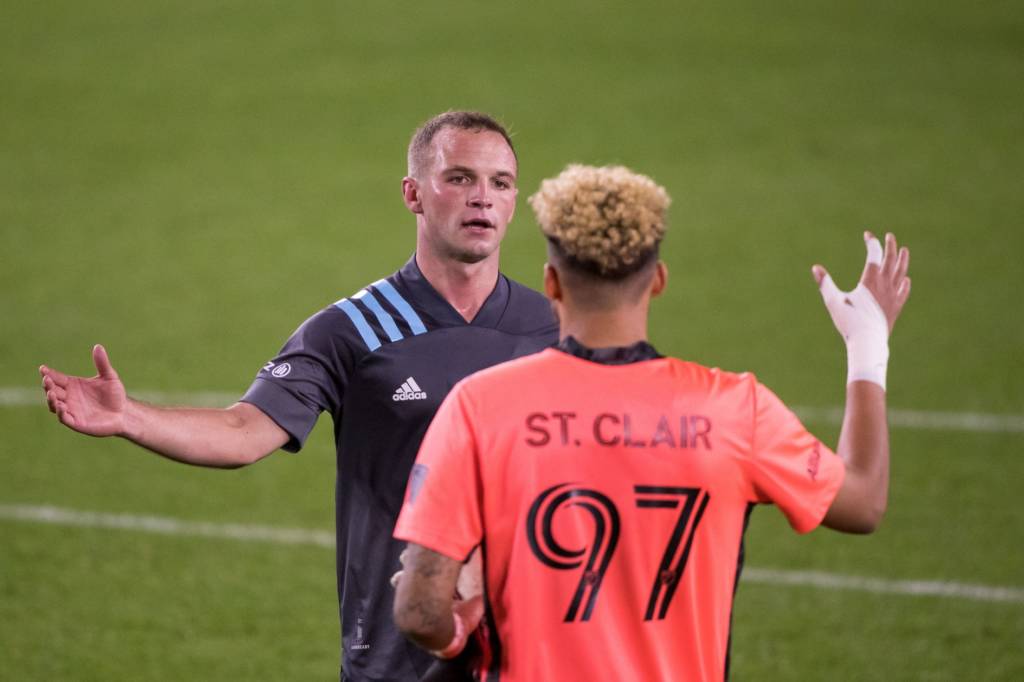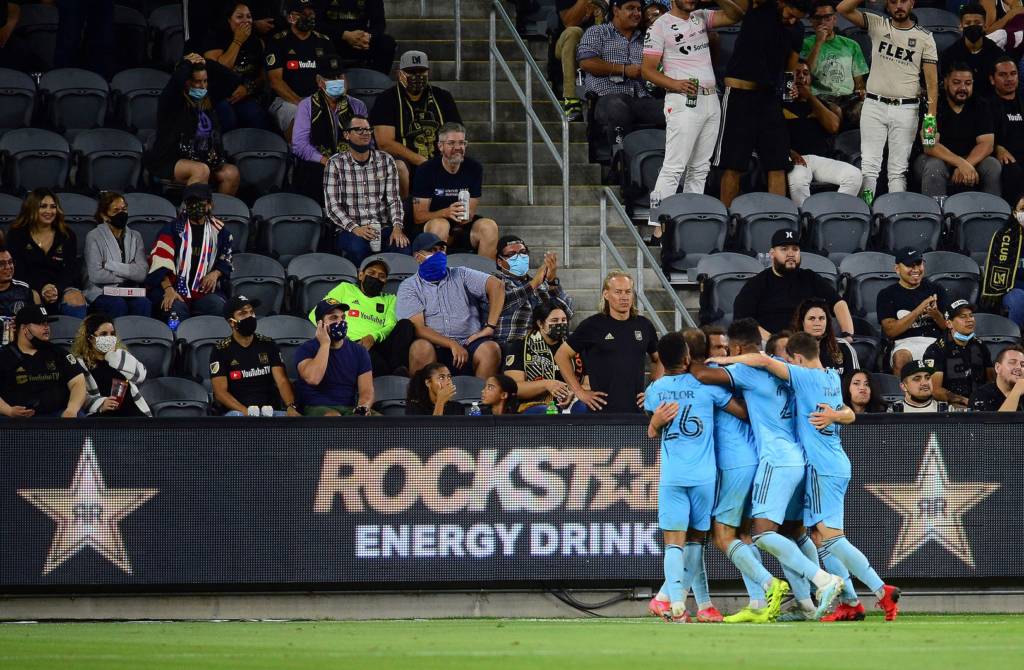On Monday, Feb. 8th, Major League Soccer announced an agreement with the Major League Soccer Players Association for a new collective bargaining agreement — one that will (fingers crossed) hold firm for seven years before the two sides return to the table in 2027.
If you are new to MLS or understandably don’t know what a collective bargaining agreement (CBA) means for the league, I’ll break it down for you here. The big takeaway, though, is that we have soccer. The two sides came to an agreement — albeit at the last minute, following a third extension — and we can now move forward with preseason. The league can begin scheduling matches in preparation for the kickoff to the 2021 season in early April. Personally, that’s a massive relief; it means I’ll have plenty of posts to write and force my friends and colleagues to read. So here’s to the 2021 Major League Soccer season!
Breaking down the CBA isn’t necessarily easy to do. There’s a lot of reading to do to understand how money works in the league, how free agency requires veteran standing point, and so on. Here are the basics and what they mean for Minnesota United FC and the league at large.
The CBA
The league enters its 32nd season without a work stoppage with the signing of the CBA on Monday. Coming to terms on the CBA during a pandemic and following a condensed season that saw teams playing nearly three times a week was a difficult task. Remember that there was also the MLS is Back tournament last July inside a bubble at Disney World. There was a lot on the table and much to be discussed. It took two week-long extensions and a 24-hour extension to come to an agreement. ESPN’s Jeffery Carlisle reported that numbers weren’t released in the CBA but that “the league had been seeking upwards of $110 million in concessions over the life of the deal from the players, while the MLSPA offered up $53 million.” The two sides had gone head-to-head three times over the past year, and for an agreement to be made, the league threatened a lockout.
Both sides notched victories in different parts of the CBA. However, the biggest takeaway is the “force majeure” clause, which, if invoked, allows the league to force the MLSPA back to the bargaining table come Dec. 1, 2021. The only reason that clause would be invoked is if the league takes massive revenue losses again in 2021: meaning if fans do not return to stadiums, if lockdown happens in certain parts of the country due to COVID-19, or some other monumental catastrophe forces a stoppage in league-wide play. In any of those cases, the league could go back to the bargaining table to restructure the CBA. If such a thing were to happen, negotiations could get nasty; the fact that it took this long shows how significant a gap there was between the two sides.
Key Points: MLSPA
- Players can and will receive 100% of their owed compensation for the 2021 season
- Length: Feb. 8th, 2021 – Jan. 31, 2028
- A rise in salary budget every year from 2022 ($4.9M) – 2027 ($7.068M)
- Rise in GAM every season
- 2021 ($1.525M) – 2027 ($3.921M)
- Available money for roster expenditures rising every season
- 2021 ($9.225M) – 2027 ($13.013M)
- Increased share in player-generated revenue beginning in 2023
- 12.5% until 2025, then from 2025-2027, 25%
- Senior roster minimum salary increase
- 2021: $81,375 – 2027: $125,875
- Reserve roster salary increase
- 2021: $63,547 – 2024: $97,700
Free Agency
One of the bigger wins for the MLSPA was a change in rules to eligibility for free agency within the league. Under the previous CBA, to be eligible for free agency, you had to be at least 24 years old with at least five years of service in the league. That meant if you joined the league from Argentina at the age of 25, for instance, you would not have been eligible for free agency until the age of 30, even if your contract ran out.
Under this new CBA, players still must be at least 24 but now are only required to play in the league for four years before free agency eligibility. One year may not seem like a lot, but it’s a win for the MLSPA because contracts for players around that age group are commonly signed as either three- or four-year deals.
Other Details
- The league confirmed that teams will be allowed to exceed the existing salary budget to sign up to three players through the league’s “under-22 player initiative.” More details on the initiative and the rules on exceeding salary budgets will be released around the beginning of the preseason (late February).
- The league has scheduled preseason play to begin on February 22, with opening weekend being April 17th.
- Playoffs will begin Nov. 19, with the MLS Cup scheduled for Dec. 11.
- The actual CBA can be found here, with exact numbers for finances in every category.

